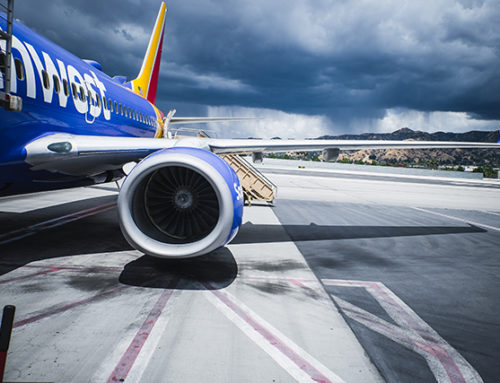In May 2014, Arthur J. Park was a panel speaker at the American Conference Institute Aviation Claims & Litigation Conference in Chicago, Illinois. His topic was “The Latest Developments and Trends in Liability Apportionment and Contractual Indemnity Issues.” The panel addressed issues related to the proper interpretation of indemnity agreements in various aviation contracts as well as liability disclaimers and how states are dealing with apportionment of fault.
Indemnity agreements are found in almost all aviation contracts – aircraft leasing and use agreements, airport-airline agreements, airline-vendor agreements, etc. These indemnity agreements are simply a means or tool whereby one party to the contract for aviation goods or services transfers the risk of loss or liability to the other party to the contract and/or its insurer. The entity promising indemnity is called the indemnitor, and the entity receiving indemnity is called the indemnitee.
Insurance clauses almost always go hand in hand with indemnity provisions and are utilized to guarantee the financial strength of the indemnitor to perform its indemnity obligations to the indemnitee. In almost all instances of contractual indemnity, the indemnitor is contractually required to add the indemnitee as an additional insured under the indemnitor’s liability policy, with certain specified liability limits, and often the insurance clause mandates that the liability insurance provided to the indemnitee must be primary insurance over the indemnitee’s own liability insurance. It is commonplace for the contract to require that the indemnitee must be provided with a certificate of insurance attesting that it is covered under the indemnitor’s policy for claims arising from or related to the performance of the contract.
It should also be understood that many times a contractual indemnity provision can result in the indemnitor being stripped of its worker’s compensation exclusive remedy defense in situations involving injury to the indemnitor’s employee. For example, an injured employee of an airline baggage handling vendor may sue the airline for causing his injury, and if the contract between the airline and baggage handling vendor has a broadly worded indemnity agreement, the employer/baggage handling service may be required to defend and indemnify the airline against the claims of the indemnitor’s own employee, whereas in the absence of the contractual indemnity obligation the baggage handling/employer could plead the exclusive remedy of workers’ compensation as a complete defense to an effort by the airline to seek contribution.





Leave A Comment
You must be logged in to post a comment.